Scientist of the Day - August Möbius
August Möbius (Moebius), a German mathematician, was born Nov. 17, 1790 (see fourth image above for a portrait). In 1858, when he was nearly 70 years old, Möbius invented the most innocent looking and devilishly deceiving piece of paper in history, the Möbius strip. Cut a one-inch wide length from a piece of copy paper and tape the two ends together to make a ring, but be sure to give the strip a half-twist before you fasten the tape. The result is a topological oddity, a surface that has only one side and one edge. Put an ant on a Moebius strip (as Maurits Escher did in a well-known 1963 woodcut, here charmingly animated), and the ant will circle the strip forever, crawling on what appears to be both sides, without ever crossing an edge. Should you cut a Möbius strip down the middle with a scissors, you get not two strips, but one strip that is twice as long as before, with three twists.
If you are new to Möbius strips and wonder why they look familiar, you need look no further than your recycling bin, which is marked with an international symbol (designed by Gary Anderson in 1970) that consists of a folded Möbius strip broken up into three circling arrows (see third image above). The Möbius strip and its ubiquitous presence in our culture is the subject of a fascinating and wacky book by Clifford Pickover, The Möbius Strip: Dr. August Möbius’s Marvelous Band in Mathematics, Games, Literature, Art, Technology, and Cosmology (2006).
Dr. William B. Ashworth, Jr., Consultant for the History of Science, Linda Hall Library and Associate Professor, Department of History, University of Missouri-Kansas City

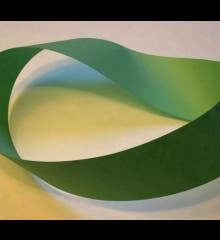
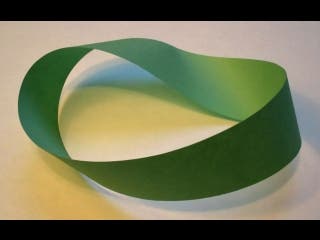
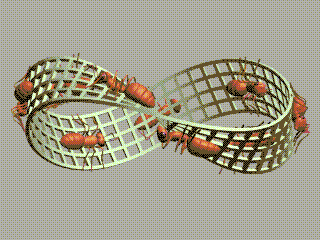

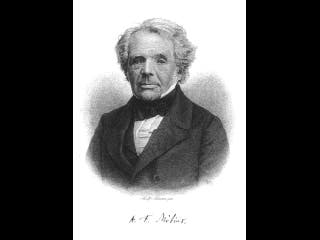
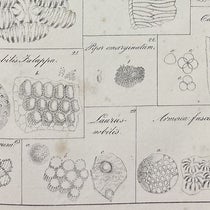
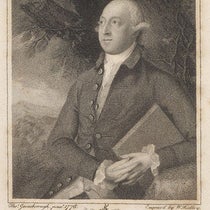


![Using an astrolabe to measure the depth of a well, woodcut in Elucidatio fabricae vsusq[ue] astrolabii, by Johannes Stöffler, 1513 (Linda Hall Library)](https://preview-assets-us-01.kc-usercontent.com:443/9dd25524-761a-000d-d79f-86a5086d4774/a998eb50-55d2-4a88-ace2-a50aa5fa86e7/Stoffler%201.jpg?w=210&h=210&auto=format&fit=crop)